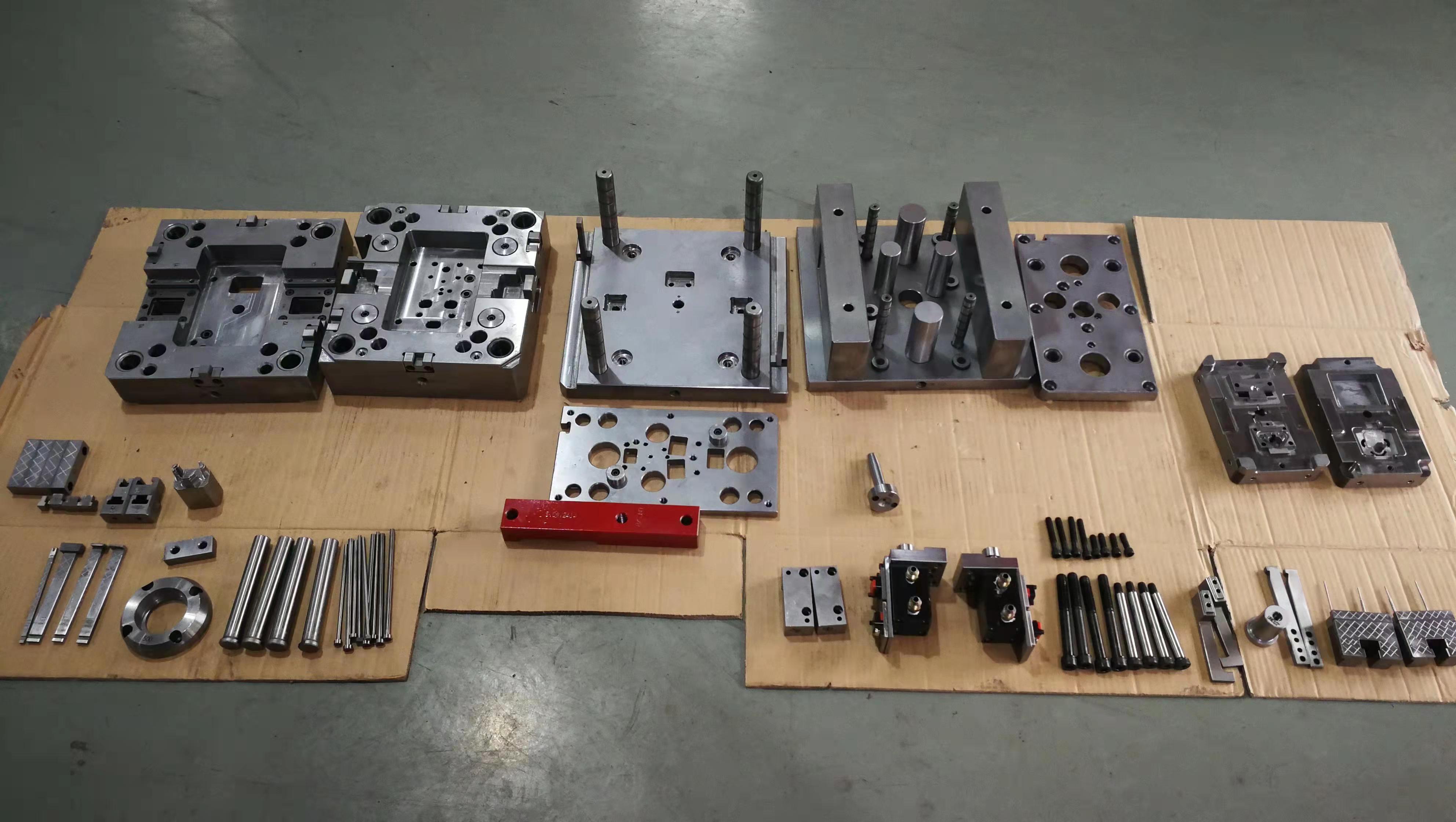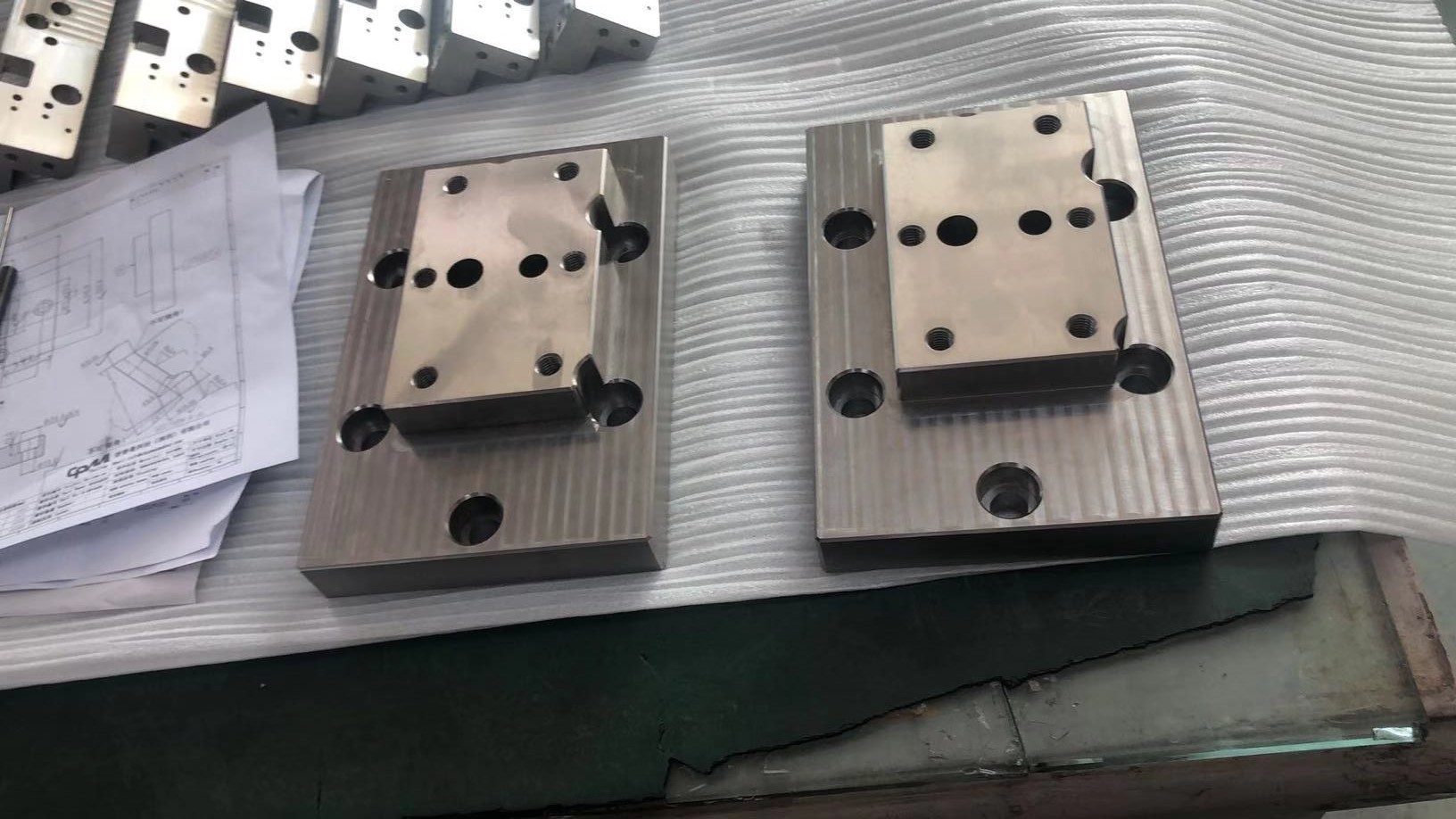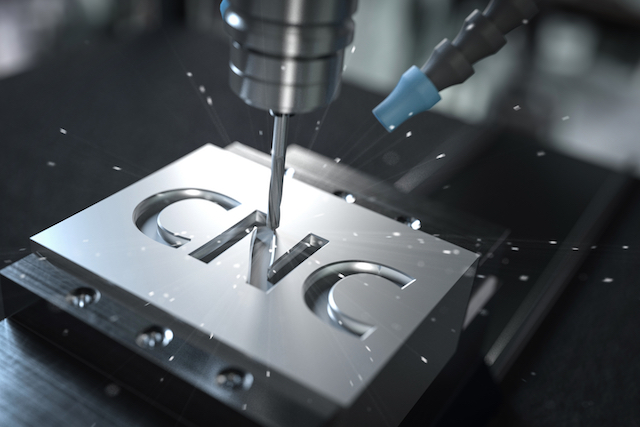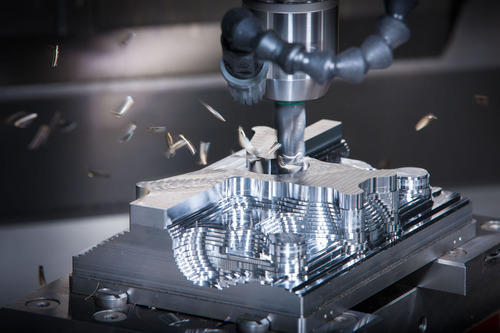
Machining performance is not only related to the interests of enterprises, but also related to safety. It can not only bring economic benefits to enterprises, but also effectively reduce the probability of safety accidents. Therefore, it is particularly important to avoid the deformation of parts in the process of parts processing. Operators need to consider various factors and take corresponding measures to prevent deformation during processing, so that the finished parts can be used normally. In order to achieve this goal, it is necessary to analyze the causes of deformation in parts processing and find out reliable measures for parts deformation, so as to lay a solid foundation for the realization of the strategic goal of modern enterprises.
1 analyze the causes of deformation in machining of mechanical parts
1.1 machining accuracy of parts changes due to internal force
During lathe processing, it is usually to use the centripetal force to clamp the parts with the three claw or four claw chuck of the lathe, and then process the mechanical parts. At the same time, in order to ensure that the parts are not loose and reduce the effect of inner diameter force, the clamping force must be greater than the mechanical cutting force. The clamping force increases with the increase of cutting force, and decreases with the decrease. Only in this way can the mechanical parts be stressed stably in the machining process. However, after the three claw or four claw chuck is loosened, the machined mechanical parts will be far from the original ones, some of which are polygonal and some are elliptical, resulting in large deviation.
1.2 deformation is easy to occur after heat treatment
For thin mechanical parts, due to its very large length and diameter, it is easy to bend the straw hat after heat treatment. On the one hand, there will be bulging in the middle and the plane deviation will increase. On the other hand, due to the influence of various external factors, the parts will be bent. These deformation problems are not only due to the changes in the internal stress of the parts after heat treatment, but also due to the operator's weak professional knowledge and lack of understanding of the structural stability of the parts, which increases the probability of part deformation.

1.3 elastic deformation caused by external force
There are several main reasons for elastic deformation of parts in machining. First, if there are thin sheets in the internal structure of some parts, there will be higher requirements for the operation method. Otherwise, when the operators locate and clamp the parts, they can not correspond to the design of the drawing, which is easy to lead to elastic deformation. Second, the unevenness of the lathe and fixture makes the force on both sides of the part uneven during fixation, resulting in the translation and deformation of the part under the action of the force on the side with small force during cutting. Third, the positioning of parts in the processing process is unreasonable, which reduces the rigidity and strength of parts. Fourth, the existence of cutting force is also one of the reasons for the elastic deformation of parts. The elastic deformation caused by these different reasons shows the influence of external force on the machining quality of mechanical parts.
2 improvement measures for machining deformation of mechanical parts
In the actual part processing, there are many factors leading to part deformation. In order to fundamentally solve these deformation problems, operators need to carefully explore these factors in practical work, and formulate improvement measures in combination with the essence of work.
2.1 use special clamps to reduce clamping deformation
In the process of machining mechanical parts, the requirements for refinement are very strict. For different parts, different special tooling is selected, which can make the parts not easy to move in the processing process. In addition, before processing, the staff also need to make corresponding preparations, comprehensively check the fixed parts, and check whether the position of mechanical parts is correct according to the drawings, so as to reduce clamping deformation.
2.2 finishing
Parts are prone to deformation after heat treatment, so measures need to be taken to ensure the safety performance of parts. After machining and natural deformation of mechanical parts, professional tools shall be used for trimming. When finishing the processed parts, it needs to be carried out in accordance with the requirements of industry standards to ensure the quality of parts and prolong their service life. This method is most effective after part deformation. If the part is deformed after heat treatment, it can be tempered after quenching. Because there will be retained austenite in the parts after quenching, these substances will be transformed into martensite at room temperature, and then the object will expand. When processing parts, we should take every detail seriously, so as to reduce the probability of part deformation, grasp the design concept on the drawings, make the products meet the standards according to the production requirements, and improve the economic benefits and work efficiency, so as to ensure the processing quality of mechanical parts.
2.3 improving blank quality
In the specific operation process of various equipment, improving the quality of rough embryo is the guarantee to prevent part deformation, so that the processed parts can meet the specific standard requirements of parts and provide guarantee for the use of later parts. Therefore, operators need to check the quality of different blanks and replace the defective rough embryos in time to avoid unnecessary problems. At the same time, operators need to select reliable blanks in combination with the specific requirements of the equipment to ensure that the quality and safety of processed parts meet the standard requirements, so as to prolong the service life of parts.
2.4 increase the rigidity of parts to prevent excessive deformation
There are many objective factors affecting the performance of mechanical parts. Especially after heat treatment, the parts will be deformed due to stress shrinkage. Therefore, in order to prevent deformation, technicians need to choose an appropriate heat limiting treatment method to change the stiffness of parts. This requires the use of appropriate heat limiting treatment measures in combination with the performance of parts, so as to ensure safety and reliability. Even after heat treatment, there will be no obvious deformation.

2.5 measures to reduce clamping force
When machining parts with poor rigidity, some measures need to be taken to increase the rigidity of the parts, such as adding auxiliary support. Also pay attention to the contact area between the tightening point and the parts, and select different clamping methods according to different parts. For example, when processing thin-walled sleeve parts, elastic shaft device can be selected for clamping, and pay attention to the position with strong rigidity. For long shaft mechanical parts, the positioning mode at both ends can be used. For parts with very large length and diameter, it is necessary to clamp both ends together, rather than "clamp one end and suspend one end". In addition, when machining cast iron parts, the fixture design needs to increase the rigidity of the cantilever. A new type of hydraulic clamping tool can also be used to effectively prevent quality problems caused by clamping deformation during machining.
2.6 reduce cutting force
In the cutting process, we should closely combine the machining requirements and pay attention to the cutting angle in order to reduce the cutting force. The rake angle and main deflection angle of the tool can be increased as much as possible to make the blade sharp, and a reasonable tool is also very important to the size of the turning force in turning. For example, in the turning of thin-walled parts, if the rake angle is too large, the wedge angle of the tool will become larger, the wear speed will be accelerated, and the deformation and friction will be reduced. The rake angle can be selected according to different tools. If the high-speed cutter is selected, the rake angle of 6 ° ~ 30 ° is the best; If cemented carbide tools are used, the rake angle of 5 ° ~ 20 ° is the best.

3 conclusion
There are many factors leading to the deformation of mechanical parts, and different measures should be taken to solve different reasons. In practice, we should pay attention to every detail of machining, constantly improve the production process, and strive to minimize the economic loss, so as to ensure the stable operation of mechanical equipment and achieve the goal of high quality and high efficiency of machining, so as to promote the machining industry to have a better development prospect and a broader market.
For more technical questions, you can consult Chapman Maker team and provide professional technical support.
Email: info@chapmanmaker.com
Post time: May-07-2022
